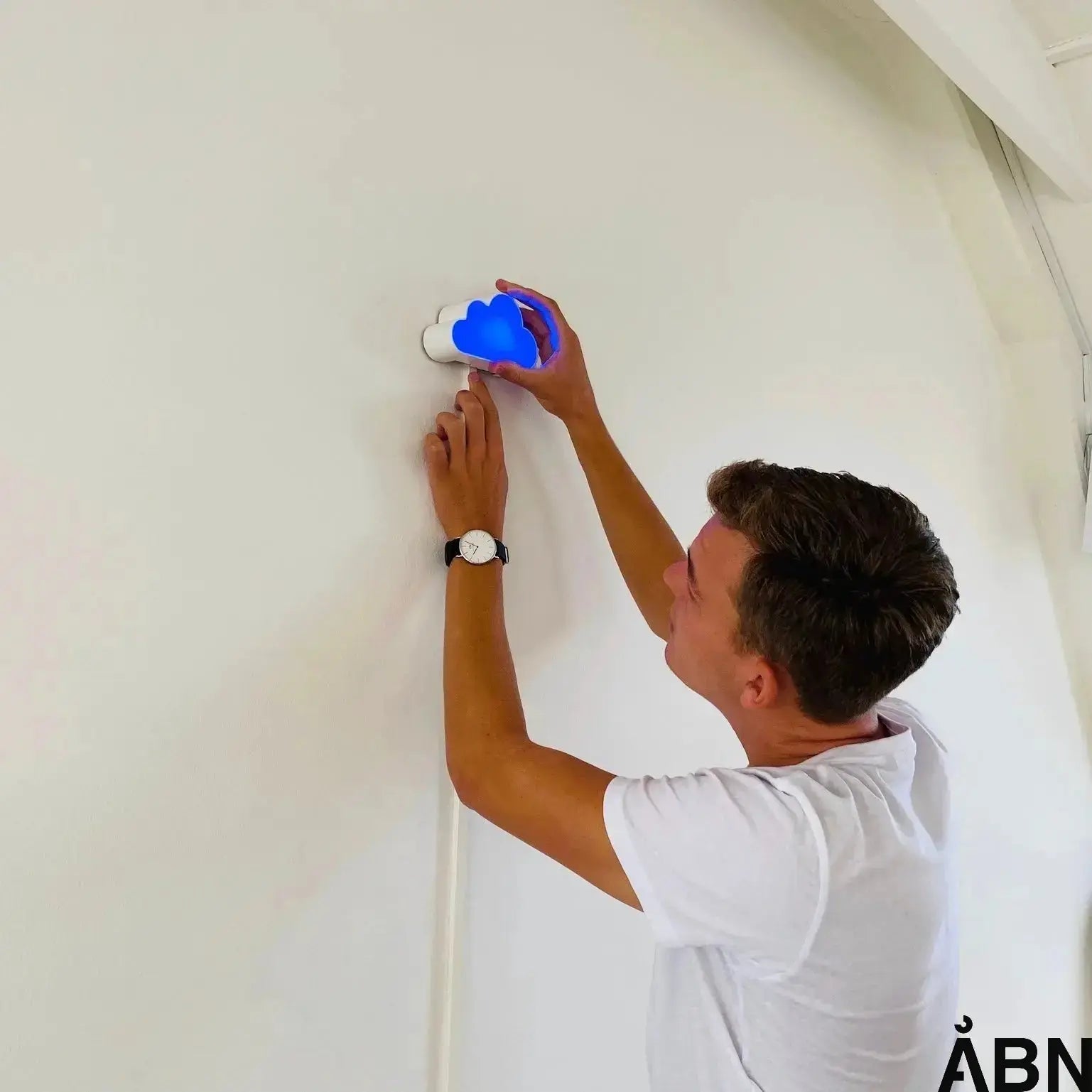Is your indoor climate too dry, humid or stuffy?
Imagine you walk into a room. The air feels heavy, maybe a little damp – or conversely so dry that your eyes sting. You feel a creeping headache, and your concentration drops. It’s not just you who’s having a bad day. It’s your indoor climate trying to tell you something.
A poor indoor climate is like an invisible guest that affects our health, well-being and productivity – without us necessarily noticing it. In schools, offices and institutions all over Denmark, both children and adults struggle with symptoms that can often be traced back to the indoor climate. According to the Danish Health Authority, a poor indoor climate can lead to headaches, fatigue, difficulty concentrating and respiratory problems.
But what does it really mean that the indoor climate is "bad"? And how do you know if it's too dry, too humid – or just stuffy? In this article, we delve into what poor indoor climate is, why it occurs, and how you can improve it – both with behavioral changes and technological solutions.
What is poor indoor air quality?
Indoor climate refers to the physical conditions in a room that affect our well-being. It includes temperature, humidity, CO₂ levels, noise, light and air quality. When these factors are not in balance, a poor indoor climate occurs.
A poor indoor climate can manifest itself in many ways:
- The air feels heavy or stagnant
- Humidity is too high – or too low
- The CO₂ level is too high, which can cause fatigue and headaches.
- The temperature fluctuates too much or feels uncomfortable
- There is poor ventilation or lack of ventilation.
These conditions can be particularly problematic in buildings where many people stay for a long time – such as schools, daycare centers, offices and nursing homes. According to the Danish Construction Association, the indoor climate in many Danish buildings is not sufficiently prioritized, which can have major consequences for both health and energy consumption.
Three typical indoor climate culprits
1. The invisible guest: CO₂
CO₂ is a natural part of the air, but when many people are in a room without adequate ventilation, the levels rise quickly. It’s like an invisible guest slowly draining the energy from the room. High CO₂ levels can lead to fatigue, reduced concentration and headaches – especially in classrooms and meeting rooms.
At ÅBN, we work to visualize precisely these invisible factors. Our intuitive sensors and dashboards make it possible to see CO₂ levels in real time, so you can take action before symptoms occur. Read more about our solution The Cloud , which makes the indoor climate as understandable as the weather forecast.
2. Too dry air
In winter, when radiators are running at full power, humidity often drops below 30%. This can lead to dry eyes, irritated mucous membranes and an increased risk of infections. Dry air can also affect materials in the building – for example, wood that cracks or electronics that become static.
A good indoor climate requires a humidity level between 40–60%. It can be difficult to assess with the naked eye, but with the right sensors and data, you can easily monitor the level and adjust as needed.
3. Too humid air
Conversely, too high humidity – typically above 60% – can lead to mold, bad odors and allergic reactions. This often happens in older buildings with poor ventilation or in rooms where clothes are dried, cooked or bathed without sufficient ventilation.
Moisture is a sneaky enemy that can hide in walls and ceilings. That's why it's important to monitor humidity levels and ensure adequate ventilation – both mechanical and natural.
How does poor indoor air quality affect us?
A poor indoor climate is not just a matter of comfort – it is about health, well-being and productivity. According to the Danish Health Authority, poor indoor climate can lead to:
- Headache and fatigue
- Difficulty concentrating
- Allergy and asthma
- More frequent sick days
- General discomfort
For children in schools and daycare centers, it can mean poorer learning and increased absenteeism. For employees in office environments, it can lead to lower productivity and job satisfaction. And for elderly or vulnerable citizens, it can worsen existing health problems.
How does a poor indoor climate occur?
There are many causes of poor indoor air quality – and often it is a combination of several factors:
- Insufficient ventilation
- Older buildings without modern climate control
- Incorrect use of space (e.g. many people in small rooms)
- Behavior – e.g. lack of ventilation or drying clothes indoors
- Building materials that release particles or chemicals
The good news is that many of these factors can be measured, understood, and improved – especially when combining technology with behavioral changes.
How do you improve the indoor climate?
1. Measure the invisible
The first step is to gain insight. With ÅBN's sensors and dashboards, you can measure CO₂, temperature, humidity and other key parameters in real time. This gives a clear picture of how the indoor climate is developing – and where to intervene.
Our technology is designed to be intuitive and easy to understand – even for children and non-technical users. See how it works on our Inside platform .
2. Create behavioral changes
Data is only valuable if it leads to action. That's why at ÅBN we are working to make indoor climate a shared responsibility. When you can see that the CO₂ level is rising, it becomes easier to remember to air out. When the humidity is too low, you can add plants or adjust the heat.
We call it "air heroes" – children, teachers, staff and leaders who work together to create a healthier environment. Read more about how we work with behavioral change in practice.
3. Use technical solutions
Modern buildings and renovations should consider indoor climate from the start. According to the Ministry of Climate, Energy and Utilities, energy efficiency is









